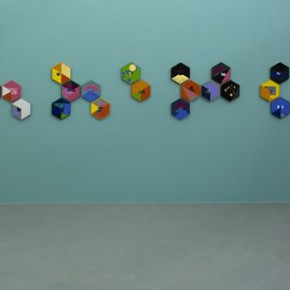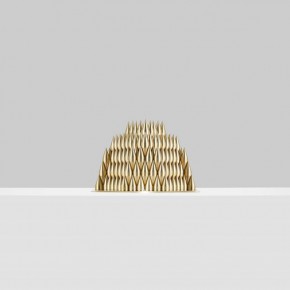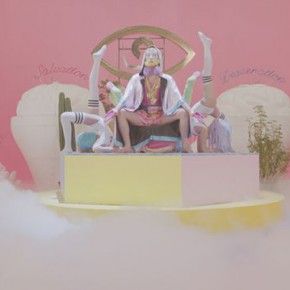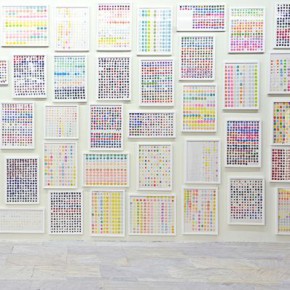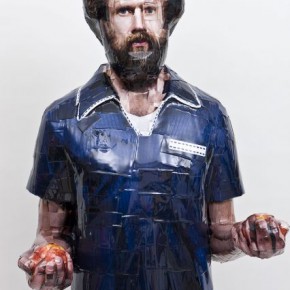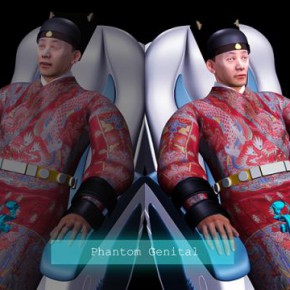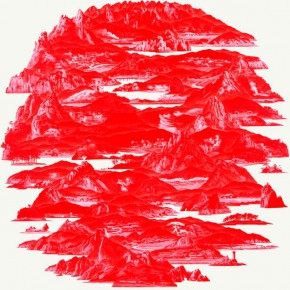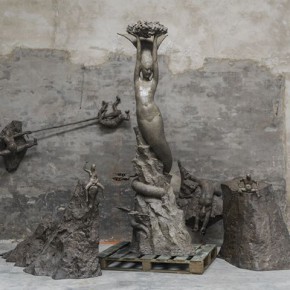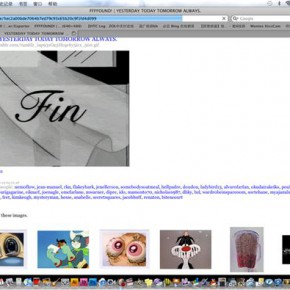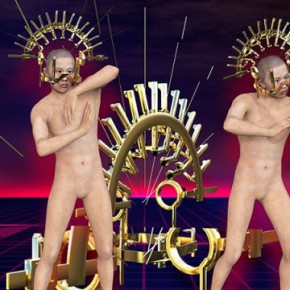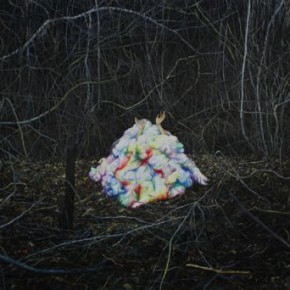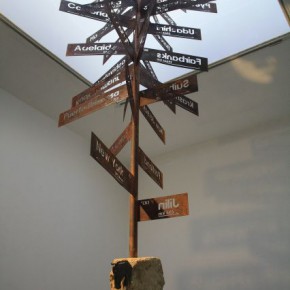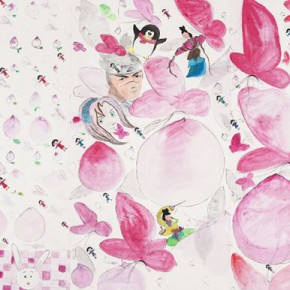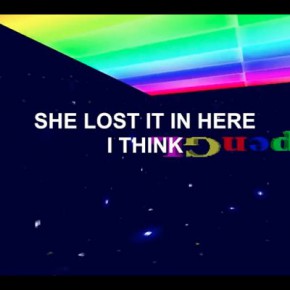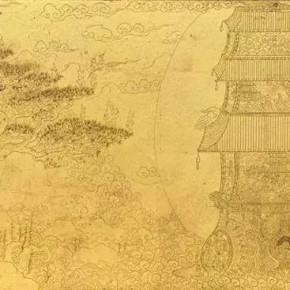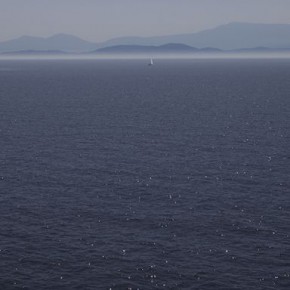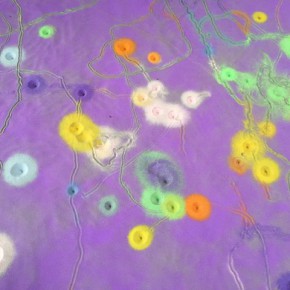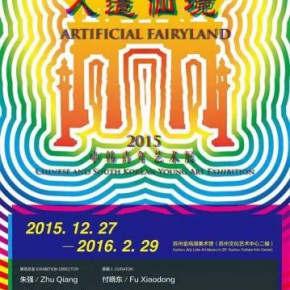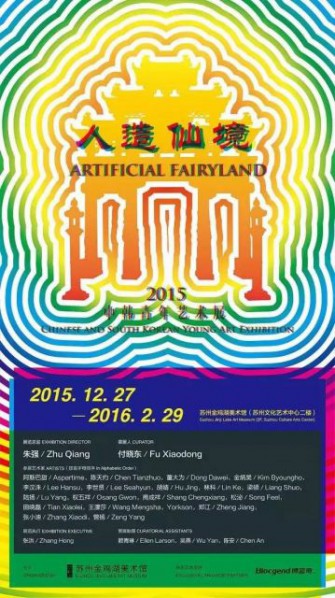
By Fu Xiaodong
Penglai, Fangzhang, and Yingzhou, these three scared mountainsall located in Baohai contained the elixir of immortality enjoyed by the immortals. Here, the birds and beasts are all white; the palaces are made of gold and silver, having not yet arrived, it resembles clouds. – the Historical Records of “Fengshan”
Myths and legends are most open in Chinese tradition. We can interpret the general psychological phenomenon and the cultural roots of a region, which is the mutually constructed model of the “use it everyday without realizing it” psychological mode of creativity. The difference between this and the western world is that within traditional Chinese religion, there is no complete fracture between the mortal and divine realms. The immortal realm is often understood to be located within the same structure of the world in which we live in, even within different areas of temporal bifurcation. For example, the overseas Kunlun Mountains, Penglai, Guixu, Gushe Mountain, and Fangzhang are all fabled abodes of the immortals, located within terrain whose exact location is difficult to determine. “The Classic of Mountains and Seas,” “The Huainanzi” and “Chu Ci” are all accounts that record the State of Yu, an immortal kingdom, embedded with mysticism. Notes of encountering deities are like finding the wrong way found within “Peach Blossom Spring,” “Liexian Zhuan,” and “Records of Early Immortals”. They all reach the land of fortune through a cave to paradise. One day in paradise is equal to ten years in the real world. Although the records are disorganized, at the same time, they embody the relationship between the “world” and the “super-natural” through the displacement of geological understandings of time and space where it is possible to enter different manifestations of dimensional time and space. Indian philosophy emphasizes an illusionary view of the world, adopting the attitude that there exists a complete separation between the world and transcended dwellings. However, within China’s ultra-world, the connection is inseparable. The structure of the stone Liang Wu Temple reflects how people within this period understood the three realms, heaven, as well as the mortal and immortal worlds. Within various forms of folk mythology, there is no separation within the temporal immortal thinking of human and divine hybrid forms. Through colorful sacred portrayals of the extraordinary immortal realm, isomorphic theories of heaven, the sea and the land heavenly beings may be established. There is even a one-world outlook of fairyland that communicates the small universe in itself with that of the outside.
In this dazzling and distant world, lies an intimate relationship between this concept of immortality. Immortals enjoying celestial foods thought to confer immortality, fairy birds and beasts, magnificent palaces are all the most important spectacles in this world. The three immortal islands of Shizhou and the fairyland system of the Twenty-four Ideal Heavenly Abodes correspond to a parallel space, different from the real world. The origin and legend of “a completely different world” is found within the social structures of the small state of Gua. The functional properties of various immortals have opened up other modes of time and space, transforming this immortal realm into a coexisting ideal world, which continues to stimulate Chinese peoples’ visual imagination and enthusiasm for religion. For example, in Zhuangzi’s“Qu Qie,” he portrays the setup of the ideal world, writing that “we can hear the chimps of dogs and cocks, people all find their own way of living.” Based on these texts, a society governed by doing nothing by the early virtuous rulers has become the ideal model for the early utopia societal system.
Through modern science’s attempt at controlling sensory hallucinations, the brain has become an apparatus what has been made into a “brain in a vat.” The brain functions within a life support system. Through a series of stimulating signals, it achieves a state of fantasy within the real world. This popular ideological experiment functioned as a modern version of the “Cartesian Demon”–a maker of imaginary illusion. Descartes’ “I think, therefore I am” examines the nature of the world in which we experience, yet perhaps aside from functioning as a brain in a vat, is nothing more. Through the creation of metaphor between sensory illusions and societal ones, artists, within a colorful conscious world, create an illusionary ideal state. Artists no longer need to rely on the same woodcut editions of the “The Classic of Mountains and Seas” and “Records of the Immortals” in the same way that our ancestors did. Rather within the Internet era that we find ourselves in, 3D technology and sensory ecstasy found within the virtual space experience, the immortal experiences of fantasia may be continually experienced through the signal stimulations, which exist within of visual works. The influence of consumerism on the reproduction of images not only understood as the relationship between the spreading of forms, but even more as the transfer of the value of power. Simulated influences are able to manipulate the audience’s unconsciousness through non-coercive ways, influencing the spread of a chain of social and psychological forms. Through the virtual collapse of fragmented reality, fantasy consolidates specious truth. In fact, the possibility of truth is more exciting than the impossible principle. Through the encoding of nerve stimulation aided by technology, controlling the input of epidermal nerve fibers, strong illusions rendered by the brain’s mental patchwork produce feelings of receiving actual information. Aided by technology, concepts, even those deeply rooted within traditional consciousness may be revived as reincarnated flesh and body. Within an international context, how may we reignite specific Eastern conceptual values related to traditional thought within an online technological environment?
About the exhibition
Date: Dec 28, 2015 - Feb 29, 2016
Opening: Dec 27, 2015, 16:00, Sunday
Venue: Suzhou Jinji Lake Art Museum
Curator: Fu Xiaodong
Artists: Aspartime, Chen Tianzhuo, Dong Dawei, Gwon Osang, Hu Jing, Byoungho Kim, Lee Seahyun, Lee Hansu, Liang Shuo, Lin Ke, Lu Yang, Shang Chengxiang, Song Mi, Tian Xiaolei, Wang Mengsha, Yorkson Yorkson, Zeng Yang, Zhang Xiaodi, Zheng Jiang
Courtesy of the artists and Suzhou Jinji Lake Art Museum.


